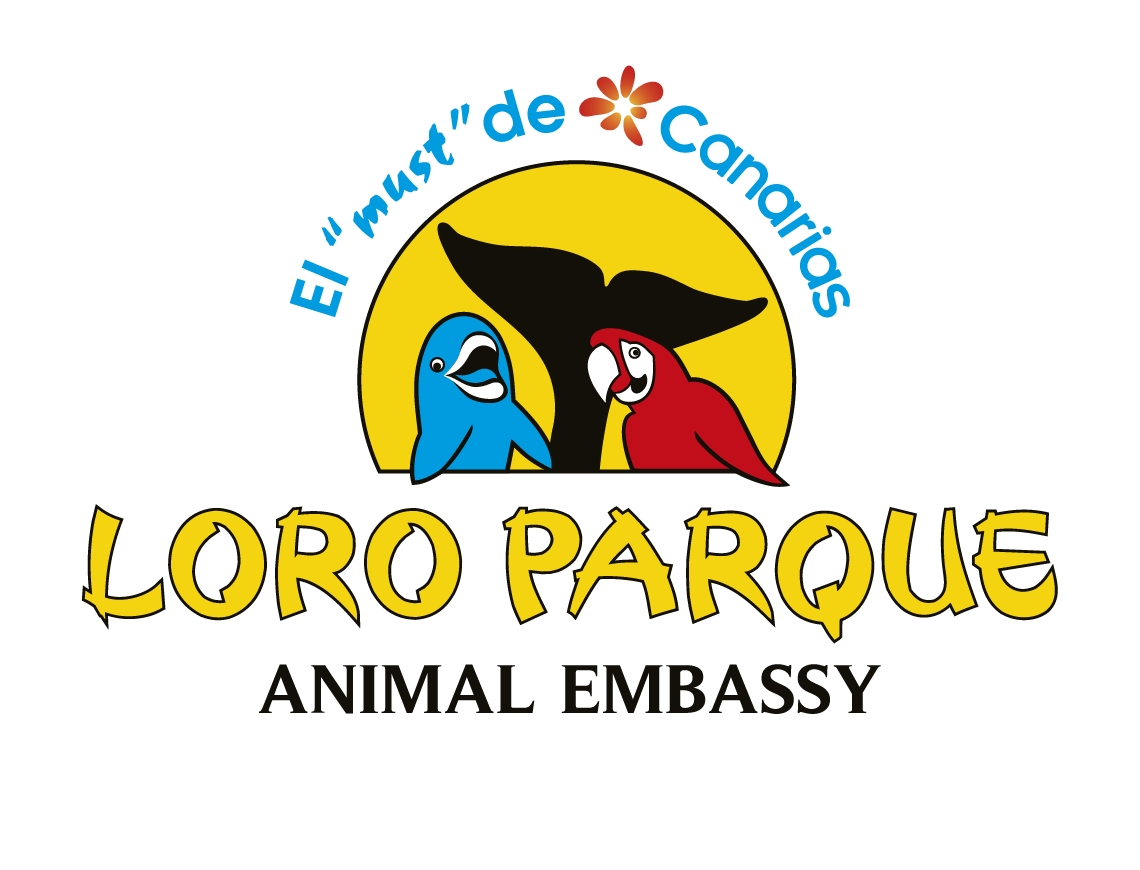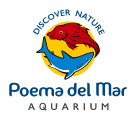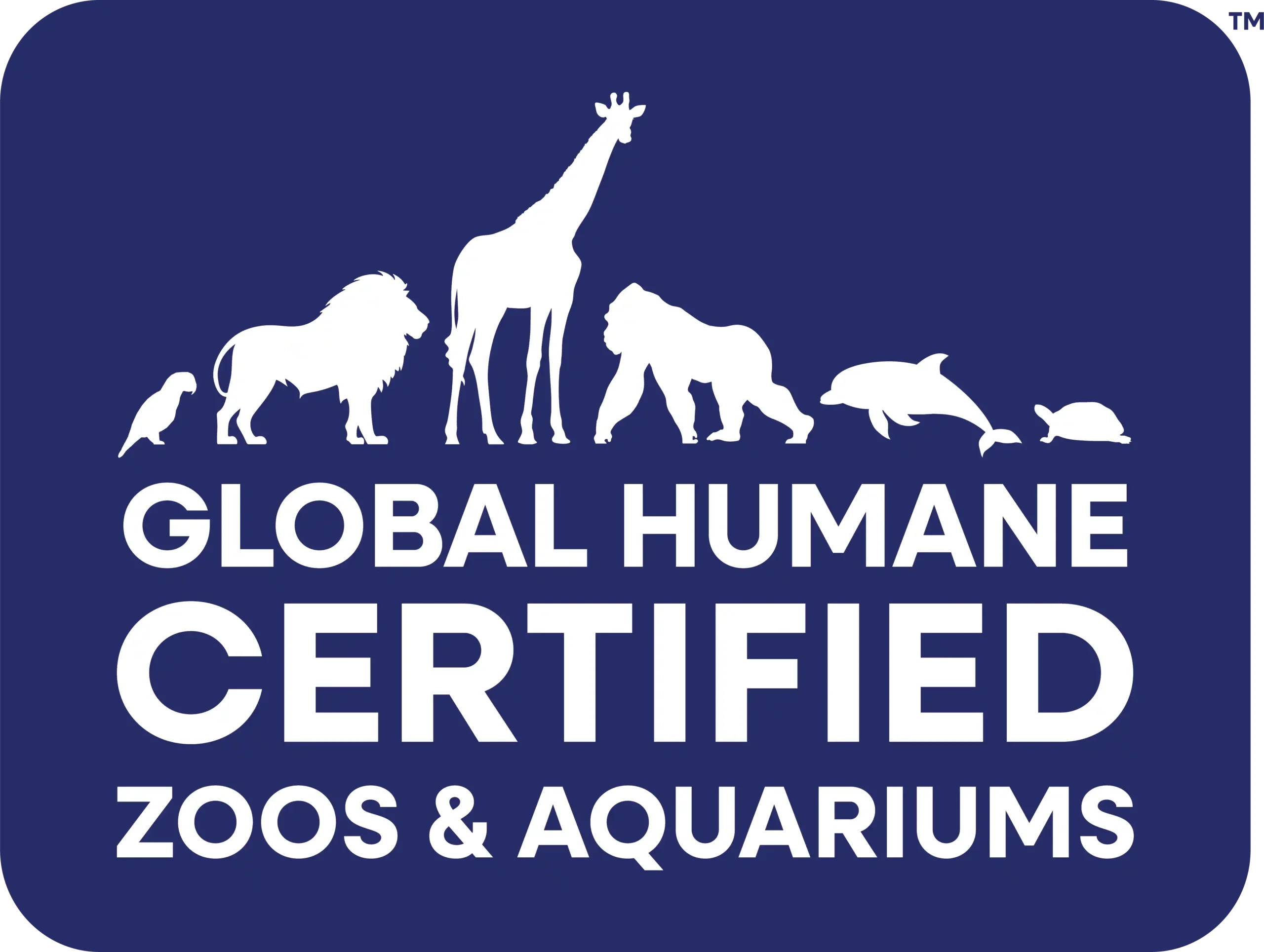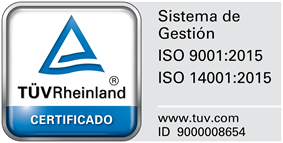A spontaneous birth like this not only reflects the animals’ excellent health, but also the exceptional welfare standards that Loro Parque maintains throughout its facilities.
Loro Parque, internationally recognised as a leading centre in animal welfare and reproduction under human care, is celebrating the birth of four baby capybaras, the world’s largest rodent.
The birth took place on Monday, 4 August, between 5.30 p.m. and 7 p.m., in a completely natural process that required no intervention from the veterinary team. The mother, having chosen a sheltered spot amidst the vegetation to give birth outdoors, remained calm and confident throughout, clearly demonstrating her trust in her environment.
This type of spontaneous birth is not only an indication of excellent animal health but also a testament to the high welfare standards consistently upheld at Loro Parque.
This multiple birth is particularly significant for the park, as previous litters had only resulted in two pups. The four newborns are being cared for naturally by both parents and, from their earliest hours, have shown instinctive behaviours such as walking, seeking contact with their mother, and exploring their surroundings. Remarkably, they were already swimming within 24 hours of birth — an innate ability of the species.
Capybaras, increasingly known for their gentle and social nature, have recently gained popularity among children, who find them both charming and fascinating. Their friendly disposition and endearing appearance have made them viral on social media, sparking renewed interest in this species among younger generations.
Loro Parque has created an environment specifically designed to support the natural behaviours of the species. The capybara enclosure was recently renovated to further enhance welfare, with the removal of uneven ground, the addition of natural grass, soil, and pine mulch, and constant access to fresh water. These improvements reflect the park’s ongoing commitment to the physical and emotional well-being of its animals.
As a specialised breeding center, Loro Parque works to ensure that each birth occurs under optimal conditions, in line with each species’ natural rhythms. In this case, the mother and father, both young specimens, have demonstrated exemplary care, allowing the pups to grow and thrive without the need for human assistance, while the team oversees the process through 24-hour monitoring and regular check-ups, always prioritising minimal stress and maximum respect for the animals.
Wolfgang Kiessling, President of the Loro Parque Group, pointed out that ‘these births not only bring us great joy, but also confirm once again that animal welfare is the only path forward,’ adding, ‘at Loro Parque, we work every day to create an environment where animals can flourish, reproduce, and live full lives.’
‘Capybaras are sweet, calm and adorable animals. It is no surprise they have become the favourites of the children who visit our park. Watching them grow up here, happy and healthy, is a gift we are proud to share with all families.’ said Mr Kiessling.
Although capybaras are not currently endangered, being listed as ‘Least Concern’ by the IUCN, Loro Parque considers their ex situ conservation crucial. Natural threats such as habitat loss, poaching, and aquatic ecosystem pollution can quickly alter the balance of wild populations. Therefore, breeding them under controlled, welfare-oriented conditions contributes meaningfully to their long-term protection.
The birth of the four capybara pups adds to the park’s recent ‘baby boom’ with the births of the orca calf, Teno, lemurs, golden lion tamarins, sloths, sea lions and various species of parrots, a clear reflection of the success of the success of Loro Parque’s multidisciplinary team in conservation, animal welfare, and enrichment.
With this latest birth, Loro Parque reaffirms its dual commitment as an active conservation space and as a global reference centre for the comprehensive care and responsible reproduction of animal species.













